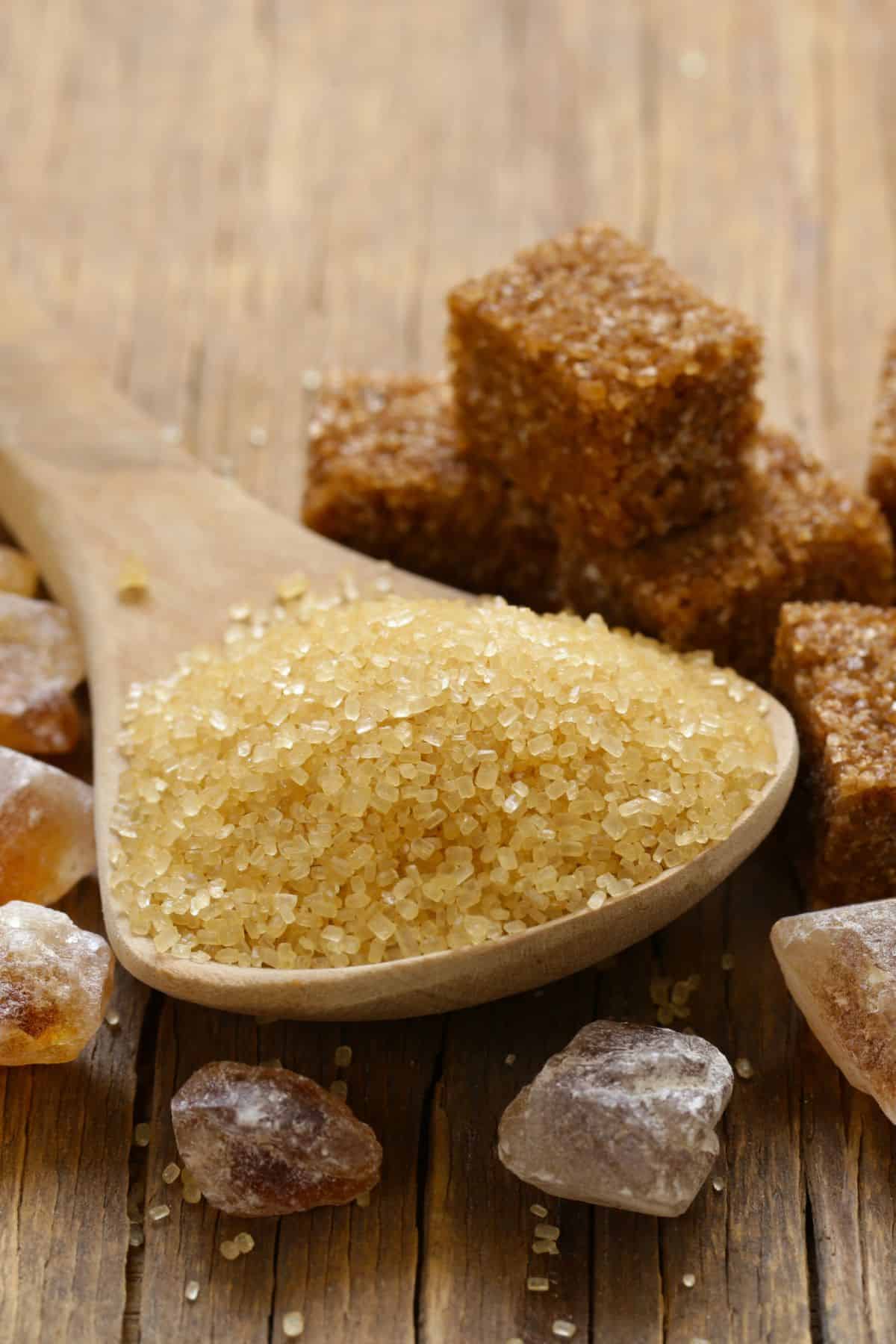Why Walking Stick Sugar Processing Chemicals Are Critical for Modern Sugar Refining
The duty of cane sugar processing chemicals in modern sugar refining can not be overstated, as they are essential to boosting both the efficiency of extraction and the overall quality of the final product. Agents such as phosphoric acid and particular flocculants are utilized to eliminate impurities, resulting in sugar that not just satisfies customer assumptions yet also adheres to industry criteria.
Duty of Handling Chemicals
The effectiveness of cane sugar handling hinges substantially on the strategic application of processing chemicals. These chemicals play a pivotal role in enhancing the effectiveness and high quality of sugar extraction and refining. From the first stages of juice extraction to the final filtration actions, handling chemicals facilitate various important operations.
In the extraction phase, chemicals such as phosphoric acid and calcium hydroxide are employed to optimize the information process, assisting to eliminate pollutants and suspended solids from the cane juice. This not just boosts the yield yet additionally ensures the clarity of the final product. Furthermore, agents like flocculants help in the quick settling of impurities, thus improving the total process.
Activated carbon and ion exchange materials offer to get rid of shade and odor, making certain that the refined sugar fulfills consumer quality requirements. Therefore, the careful selection and application of these chemicals are important for accomplishing optimal end results in cane sugar processing.
Trick Sorts Of Chemicals
Cane sugar handling counts on a variety of vital chemicals that facilitate each phase of manufacturing. These chemicals play important roles in clarifying, whitening, and purifying the sugar extracted from walking cane.
One key classification of chemicals includes flocculants, such as polyacrylamide, which aid in the clarification process by promoting the aggregation and settling of impurities. Furthermore, calcium hydroxide is commonly utilized to reduce the effects of level of acidity and aid in the removal of non-sugar components.
Bleaching agents, such as triggered carbon and sulfur dioxide, are used to decolorize the syrup, causing a more clear end product. These chemicals aid eliminate color substances that may influence the sugar's look and bankability.
Moreover, phosphoric acid functions as a pH regulator throughout the handling phases, ensuring ideal conditions for the enzymatic activities included in sugar removal and filtration.
Other crucial agents consist of edta (ethylenediaminetetraacetic acid), which chelates steel ions that can catalyze unfavorable reactions, and salt hydroxide, which aids in pH control throughout the refining procedure. Jointly, these chemicals enhance efficiency and ensure a top notch walking cane sugar product.
Advantages for Sugar Top Quality
Frequently overlooked, the usage of certain handling chemicals significantly improves the general high quality of cane sugar. These chemicals play a pivotal role in refining procedures, guaranteeing that the end product fulfills strict market standards for pureness and taste.

In addition, refining chemicals help in achieving a consistent granulation and appearance, which are important for consumer approval. By controlling the condensation procedure, these chemicals guarantee that the sugar crystals develop evenly, bring about a more appealing product that liquifies well in different applications.
Additionally, using these chemicals can enhance the rack life of walking stick sugar by reducing wetness absorption and microbial growth. Generally, the tactical application of handling chemicals is necessary for delivering high-grade walking cane sugar that satisfies customer assumptions and industry demands.
Ecological Impact Factors To Consider

Additionally, the energy-intensive nature of sugar refining, compounded by chemical use, usually results in raised carbon discharges. This adds to climate change and increases worries pertaining to the sustainability of current refining practices. Furthermore, the sourcing of these chemicals might entail techniques that threaten biodiversity, such as monoculture farming, which minimizes the resilience of farming environments.

To reduce these effects, sugar refiners are significantly exploring sustainable choices and adopting ideal techniques that minimize chemical use. Applying strenuous environmental management systems can assist make certain that the refining process lines up with environmental requirements and promotes biodiversity. Ultimately, a well balanced approach that prioritizes both sugar quality and ecological stewardship is necessary for the lasting viability of the sugar sector.
Future Fads in Refining
As the sugar market faces the environmental obstacles linked with traditional refining techniques, innovative techniques are arising to boost both efficiency and sustainability. One substantial fad is the adoption of environment-friendly chemistry look at here now concepts, which focus on using safe, naturally degradable processing chemicals. This shift not only lessens ecological effect yet likewise addresses customer need for cleaner manufacturing approaches.
An additional promising growth is the implementation of advanced filtration technologies, such as membrane splitting up and adsorption processes. These strategies boost the clarity and top quality of the sugar while decreasing the volume of wastewater generated throughout refining. Furthermore, the combination of electronic innovations, including IoT and AI, is transforming functional effectiveness by enabling real-time surveillance and predictive maintenance, therefore minimizing source waste.
In addition, making use of by-products from sugar refining, such as bagasse and molasses, is gaining grip. These materials can be exchanged biofuels or value-added products, adding to a round economic climate within the market. Collectively, these patterns signify a change towards even more lasting methods that not only enhance operational effectiveness but also straighten with international sustainability objectives, guaranteeing the future feasibility of sugar refining.
Conclusion
Walking stick sugar handling chemicals are vital in modern sugar refining, significantly enhancing the effectiveness and top quality of sugar removal. The calculated usage of these chemicals not just improves the purity and flavor of the last product yet also makes certain constant condensation and appearance. As the industry significantly prioritizes sustainability, the fostering of environmentally-friendly processing agents is most likely to shape future fads in refining, ultimately leading to greater quality products and prolonged service life for consumers.

Ultimately, a balanced method that focuses on both sugar high quality and environmental stewardship is vital for the long-term practicality of the sugar industry.
Walking cane sugar processing chemicals are essential in contemporary sugar refining, dramatically enhancing the performance and high quality websites of sugar removal.